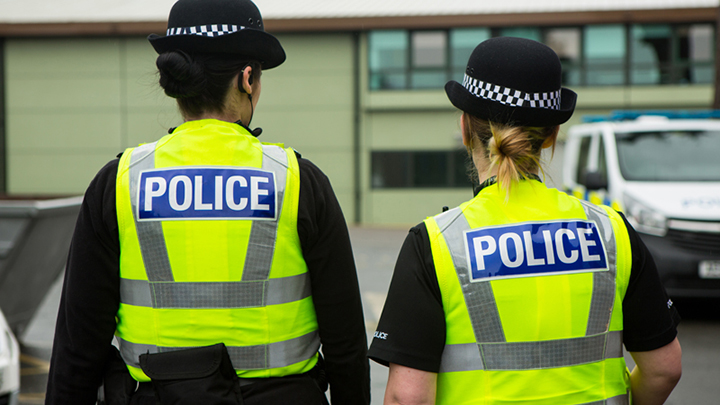
This means more colleagues will have access to this essential piece of protective equipment, but what does this look like going forward?
I took up my post as PFEW firearms and less than lethal lead in September 2018 and have been amplifying our message to both the Home Office and chiefs, persistently calling for ring-fenced funding for more Taser. My initial message was that all officers who wish to carry one should be trained to be able to do so – something we have been doing for years. Thankfully, the message has now got through.
Understandably not all officers want to carry one. Some feel it is unnecessary for their role as it is less frontline, whilst others have expressed concerns over being scrutinised by the IOPC after each incident – this is why we feel it should not become PPE as it is possible, we could lose some great officers if training is forced upon them.
However, I feel a non-Taser-carrying officer should still be familiar with the device and have a basic understanding of how it works as it could be beneficial when on duty with a colleague who is carrying the device. Each call out is unpredictable and anything could happen.
It’s also equally important for supervisors of all ranks and Professional Standards Departments to have that same knowledge. I have found that in some cases, officers are being dealt with in a far more stringent manner than before because of a lack of knowledge and an overly-cautious approach - when in fact the use was 100% correct.
Taser training in England and Wales is delivered to a very high standard. It is a three-day intensive training course (in other countries training is typically only one day) where members will be upskilled to become competent in all of the required areas as well as being prepared to use it in the face of extreme violence.
Forces could further improve these courses though by developing officers in how to tactically enter buildings when responding to calls. All firearms officers are now trained in how this takes place to reduce the risks, so why not Taser officers?
I am also concerned about the new standard in Colour Vision Deficiency (CVD) testing, as adopted by the College of Policing. It is unacceptable that officers who do not pass this test are being refused access to Taser and yet still have to face the same threat and risk. To me this not only goes against basic health and safety requirements but also the National Decision-making Model (NDM) of minimising risk and maximising safety - especially when officers were previously trained and carried the device.
We continue the work in this area and will do our very best to make sure it’s available to officers with or without a CVD. They see the same threat and dangers as everyone else and yet still have to respond, so why not equip them to the same standard?
I do think there are other considerations around who should be equipped and what that means across the country as the face of policing changes and so must officer’s safety equipment and training.
Should it now be considered that detectives be authorised when going out on arrest enquires to save calling up a uniform unit? Do we train neighbourhood officers and schools officers as it may help break down barriers and inform the public about what it is and how we are trained? Every officer who interacts with the public may be called upon to deal with a situation, so should be correctly prepared. These matters must be discussed and maybe instead of asking ‘why should they carry a Taser?’, ask the question ‘why shouldn’t they?’
We very much welcome the 20,000 uplift plans in the pipeline, combined with this £10million Taser fund, but questions must be asked about what happens when the cash runs out, who decides where it goes and how is it going to be divided; because training and the facilities needed to carry this out are not free.
I've been incredibly lucky as I was trained to use a Taser since 2004 in my role as an armed response vehicle officer. I still find it amazing that 15 years later there are still discussions about who has one and who doesn’t.
The PFEW and local federation branches will continue to engage with decision makers to make sure members’ voices are heard loud and clear when they ask for better protection and the right equipment and training to do the job.














